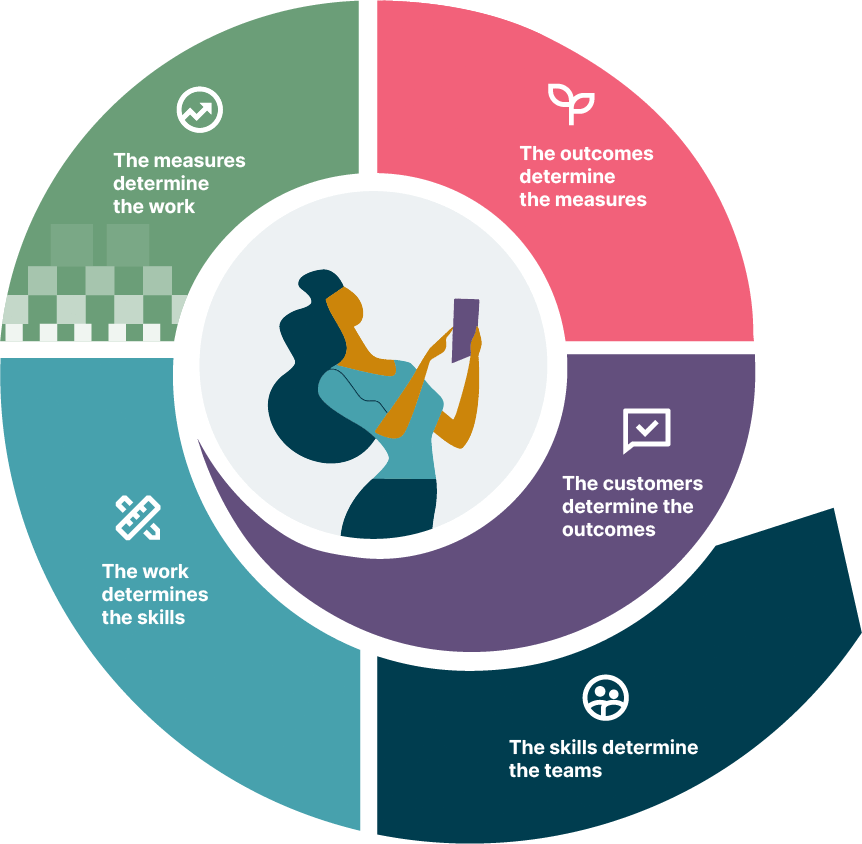Operating Model Include

An effective operating model should include several key components to provide a comprehensive framework for how an organization operates and achieves its strategic objectives. Here are the essential elements that should be included in an operating model:
Strategy Alignment: The operating model should align with the organization's overall strategy and objectives. It should reflect the strategic priorities, goals, and desired outcomes that the organization seeks to achieve.
Organizational Structure: Define the organization's structure, including reporting relationships, divisions, departments, teams, and roles. Clarify the hierarchy and lines of authority within the organization.
Processes and Workflows: Outline the key processes and workflows that are essential to executing the organization's activities. This includes the sequence of tasks, inputs, outputs, decision points, and interactions between different functions or departments.
Capabilities and Resources: Identify the capabilities, skills, competencies, and resources required to support the organization's operations. This includes human capital, technology, infrastructure, facilities, and other assets necessary for success.
Governance Mechanisms: Establish governance structures and mechanisms for decision-making, control, and oversight within the organization. This includes defining roles and responsibilities, decision rights, accountability frameworks, and escalation procedures.
Performance Metrics and KPIs: Define key performance indicators (KPIs) and metrics that are used to measure and monitor the organization's performance. These metrics should be aligned with strategic objectives and provide insights into progress towards goals.
Technology and Information Systems: Describe the IT infrastructure, applications, and tools that support the organization's operations and enable efficient execution of processes. This includes digital platforms, software systems, data analytics, and communication tools.
Culture and Behaviors: Define the organization's culture, values, norms, and behaviors that shape how work is performed. This includes promoting collaboration, innovation, customer focus, and continuous improvement as core values.
Change Management Approach: Outline how changes to the operating model will be managed and implemented within the organization. This includes communication strategies, training programs, stakeholder engagement, and risk mitigation plans.
Risk Management Framework: Identify potential risks and uncertainties that may impact the organization's operations and define strategies for mitigating and managing these risks. This includes compliance with regulations, cybersecurity, operational risks, and market volatility.
Supplier and Partner Relationships: Describe how the organization collaborates with external partners, suppliers, vendors, and other stakeholders to support its operations and deliver value to customers.
Employee Engagement and Development: Outline strategies for engaging and developing employees to ensure alignment with the operating model and organizational goals. This includes training programs, performance management systems, and opportunities for career growth.
By including these key components, an operating model provides a comprehensive framework for how the organization operates, enabling it to achieve its strategic objectives effectively and efficiently.
Thank you,